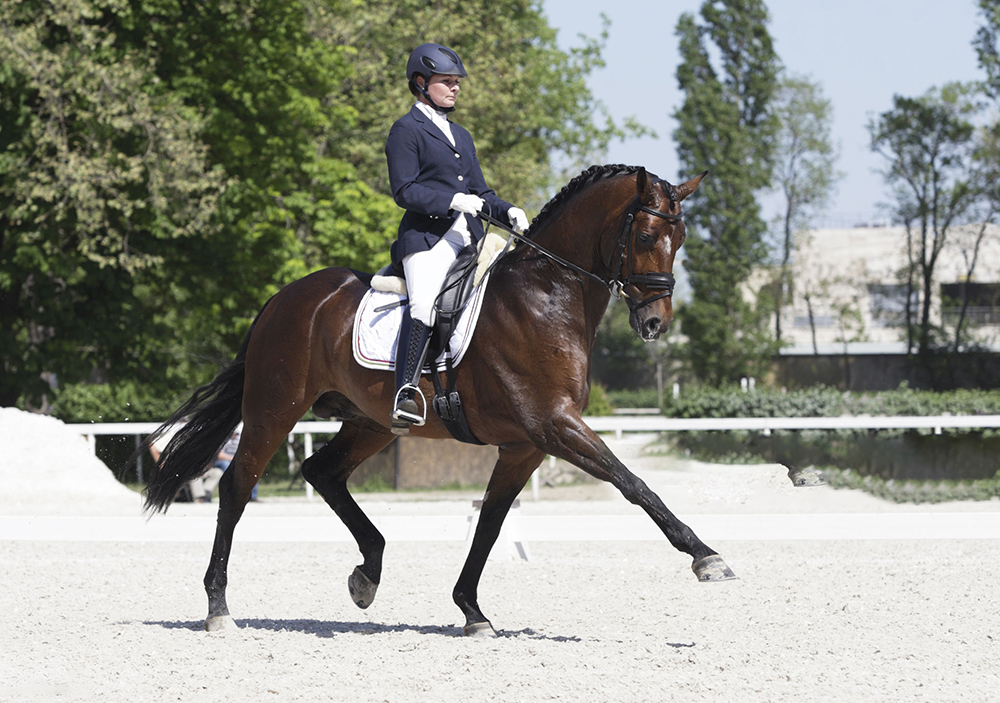Dressage is the art of teaching a horse to be supple, balanced, obedient, and flexible. Xenophon, an Athenian historian, philosopher, poet, and military commander were the first to think of it in 362 B.C. When he wrote On Horsemanship, his first thought was to use kindness and reward to teach horses to be obedient. The book continues to influence equestrians, and many books published in this field are organized around the fundamentals he laid out.
The aim of Xenophon’s book is to produce well-trained horses that can perform better in battles. Nobles saw this as an opportunity to show off their horsemanship as the horses grew more suppleness, intricacy, and magnificence. Dressage gradually developed over time, eventually becoming a true art form in the 16th century. The art’s continued growth led to it being classified as a branch of equestrian as a sporting event.
Dressage, like any other equestrian sports, requires a lot of discipline and mastery in the craft. Synchronicity is definitely a must. Since you are going to perform intricate and sophisticated tasks with your horse, your horse must trust you as well. It demands a ton of time and a lot of bond between you and your steed.
Equestrian was first used in the 1900 Paris summer Olympic Games, but it was not formally adopted as an Olympic sport until the 1912 Stockholm Olympics. Competitors will show off their talents in dressage, eventing, and jumping, which are all subsets of equestrian. Male and female competitors will compete in the same events in the same division, and the horse is just as much of an athlete as the rider.
Dressage and equestrianism are dynamic arts and sports with a vivid history. It’s entertaining while still instilling discipline that both benefit the horse and the rider.








